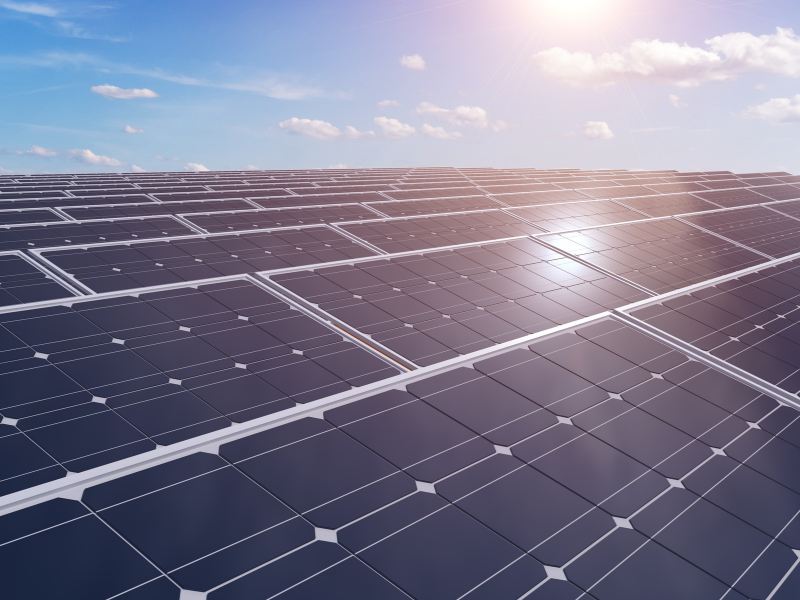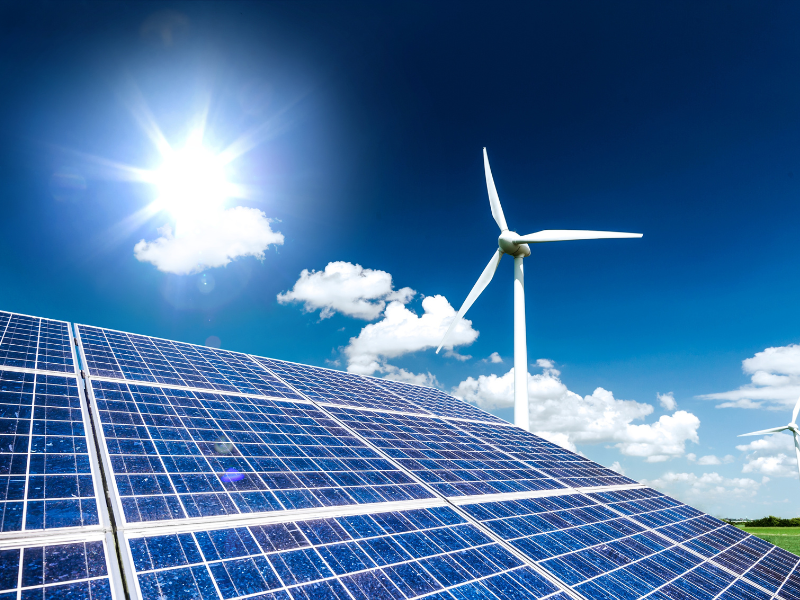In today’s fast-paced world, the search for sustainable and clean energy sources is more important than ever before. The increasing demand for electricity, coupled with the devastating effects of climate change, has forced us to reevaluate our current energy production methods.
To combat these challenges, a shift towards clean and green energy has become imperative. In this article, we will explore the significance of clean and green energy, its various sources, the benefits associated with its adoption, and the role it plays in shaping a sustainable future.
The Importance of Clean and Green Energy

Clean and green energy refers to energy sources that have minimal impact on the environment and contribute to the reduction of greenhouse gas emissions. This form of energy is essential as it addresses two critical issues: climate change and the depletion of fossil fuels.
Climate Change: A Global Crisis
Climate change is a pressing global crisis that is directly linked to our dependence on fossil fuels. Burning fossil fuels for electricity generation releases vast amounts of carbon dioxide (CO2) into the atmosphere, contributing to the greenhouse effect and subsequent global warming. The consequences of climate change are already being felt, with rising temperatures, extreme weather events, and melting glaciers becoming more prevalent.
The Depletion of Fossil Fuels: A Finite Resource
Fossil fuels, such as coal, oil, and natural gas, are non-renewable resources that are gradually depleting. As these resources become scarcer, the costs associated with their extraction and utilization are also rising. Moreover, the extraction and burning of fossil fuels release harmful pollutants into the environment, leading to air and water pollution, as well as adverse health effects.
Given these challenges, the transition to clean and green energy is vital for a sustainable and environmentally friendly future.
Various Sources of Clean and Green Energy

Clean and green energy encompasses a wide range of renewable energy sources that offer an environmentally friendly alternative to conventional methods of electricity generation. Let’s explore some of these sources in detail:
Solar Power: Harnessing the Energy of the Sun
Solar power involves capturing the energy from sunlight and converting it into usable electricity. This is achieved through the use of photovoltaic (PV) panels, which contain solar cells that generate an electric current when exposed to sunlight. Solar power is abundant, renewable, and emits no greenhouse gases during operation, making it a clean and sustainable energy source.
Wind Energy: Capturing the Power of the Wind
Wind energy is generated by harnessing the kinetic energy of moving air masses. Wind turbines, consisting of large blades connected to a rotor, capture the wind’s energy and convert it into electricity. Wind power is an increasingly popular form of clean energy, as it is abundant, renewable, and emits no greenhouse gases during operation.
Hydropower: Utilizing the Power of Water
Hydropower involves the generation of electricity using flowing or falling water. It is one of the oldest and most reliable sources of renewable energy. Hydropower plants typically utilize dams or reservoirs to store water, which is then released to drive turbines and generate electricity. Hydropower is a clean and reliable energy source that produces no greenhouse gas emissions during operation.
Biomass Energy: Tapping into Organic Matter
Biomass energy involves the conversion of organic matter, such as crop residues, forest waste, and dedicated energy crops, into usable energy. This can be achieved through various processes, including combustion, gasification, and anaerobic digestion. Biomass energy is considered carbon-neutral, as the carbon dioxide released during combustion is offset by the carbon dioxide absorbed by the plants during their growth.
Geothermal Energy: Harnessing the Earth’s Heat
Geothermal energy utilizes the heat stored beneath the Earth’s surface to generate electricity. This is done by tapping into geothermal reservoirs, which consist of hot water or steam. Geothermal power plants use this heat to drive turbines and produce electricity. Geothermal energy is a clean and reliable source, as it emits minimal greenhouse gases during operation.
The Benefits of Clean and Green Energy

The widespread adoption of clean and green energy offers numerous benefits, not only for the environment but also for society as a whole. Let’s explore some of these advantages:
Reduced Carbon Emissions
Clean and green energy sources produce little to no carbon emissions during operation. By shifting towards these renewable sources, we can significantly reduce our contribution to greenhouse gas emissions, mitigating the impacts of climate change.
Energy Security and Independence
Renewable energy sources are abundant and widely available, unlike fossil fuels, which are finite. By diversifying our energy sources and relying more on clean and green energy, we can enhance our energy security and reduce our dependence on foreign oil and gas.
Job Creation and Economic Growth
The transition to clean and green energy creates new employment opportunities and stimulates economic growth. The renewable energy sector has shown tremendous potential for job creation, leading to increased income and prosperity within communities.
Improved Air and Water Quality
Conventional energy production methods often result in air and water pollution. By switching to clean and green energy sources, we can significantly reduce these pollutants, leading to cleaner air and water for both humans and the environment.
Enhanced Public Health
Traditional energy sources, such as coal-fired power plants, are known to emit harmful pollutants that have adverse health effects. By embracing clean and green energy, we can improve public health outcomes by reducing exposure to these pollutants and promoting a cleaner, healthier living environment.
Frequently Asked Questions (FAQs)

Q: How does clean and green energy impact electricity prices?
Initially, the costs associated with clean and green energy infrastructure may be higher. However, over time, as technology advances and economies of scale are realized, the prices of clean energy technologies decrease. Furthermore, the long-term environmental and health benefits of clean and green energy outweigh any initial investment costs.
Q: Is clean and green energy suitable for all regions?
Clean and green energy sources such as solar, wind, and hydro have geographic limitations. Some regions may have better access to certain renewable resources than others. However, with advancements in technology and the development of transmission infrastructure, clean and green energy can be harnessed to some extent in most regions.
Q: What role can individuals play in promoting clean and green energy?
Individuals can contribute to the adoption of clean and green energy by making simple changes in their everyday lives. This includes conserving energy, using energy-efficient appliances, supporting renewable energy initiatives, and advocating for clean energy policies.
Q: What are the main challenges associated with clean and green energy adoption?
The main challenges associated with clean and green energy adoption include high initial costs, intermittent energy generation (in the case of solar and wind), and the need for a robust and reliable energy storage infrastructure. However, ongoing advancements in technology are addressing these challenges and making clean and green energy more accessible and affordable.
Conclusion
Clean and green energy is the key to a sustainable and environmentally friendly future. By embracing renewable energy sources such as solar, wind, hydro, biomass, and geothermal power, we can significantly reduce our carbon emissions and combat the devastating effects of climate change. The widespread adoption of clean and green energy offers numerous benefits, including reduced carbon emissions, energy security, job creation, improved air and water quality, and enhanced public health. It is crucial for individuals, communities, businesses, and policymakers to prioritize clean and green energy in our transition towards a sustainable future. Together, we can make a difference and create a cleaner, healthier planet for future generations.

